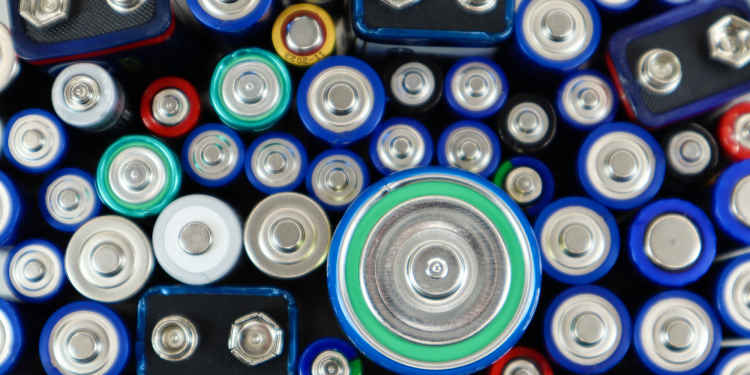A new study from Penn Engineering details the complex electrochemical process that causes certain types of batteries to degrade, insights that could aid in the design of longer lasting, more efficient batteries in the future.
Rechargeable lithium-ion batteries are widely used in phones, tablets, and laptops. But before they can be applied in more power-intensive settings, such as for electric vehicles, these power sources need to be redesigned to be smaller, cheaper, and able to charge more quickly while still performing at a high level.
One approach is to develop new types of electrodes that can store larger amounts of lithium by using alloy-type materials in a battery’s anode. However, this approach is not widely used because the charging cycle causes the lithium-storing particles in the anode to expand and eventually break apart, resulting in a battery that quickly fails. Worse, the actual mechanisms responsible for this degradation are not yet well-understood.
Now, in a new a study published in ACS Energy Letters, researchers from the School of Engineering and Applied Science detail the complex electrochemical process that causes alloy-type batteries to degrade and fail. Using advanced nanoscale imaging techniques, the new insights gained from this work could aid in the design of longer lasting, more efficient lithium-ion batteries in the future, University of Pennsylvania notes.
The study was conducted by Eric Detsi, the Stephenson Term Assistant Professor in the department of Materials Science and Engineering (MSE), and graduate students John Corsi and Samuel Welborn, in collaboration with Eric Stach, MSE professor and director of the Laboratory for Research on the Structure of Matter.
A new study from Penn Engineering details the complex electrochemical process that causes certain types of batteries to degrade, insights that could aid in the design of longer lasting, more efficient batteries in the future.
Rechargeable lithium-ion batteries are widely used in phones, tablets, and laptops. But before they can be applied in more power-intensive settings, such as for electric vehicles, these power sources need to be redesigned to be smaller, cheaper, and able to charge more quickly while still performing at a high level.
One approach is to develop new types of electrodes that can store larger amounts of lithium by using alloy-type materials in a battery’s anode. However, this approach is not widely used because the charging cycle causes the lithium-storing particles in the anode to expand and eventually break apart, resulting in a battery that quickly fails. Worse, the actual mechanisms responsible for this degradation are not yet well-understood.
Now, in a new a study published in ACS Energy Letters, researchers from the School of Engineering and Applied Science detail the complex electrochemical process that causes alloy-type batteries to degrade and fail. Using advanced nanoscale imaging techniques, the new insights gained from this work could aid in the design of longer lasting, more efficient lithium-ion batteries in the future, University of Pennsylvania notes.
The study was conducted by Eric Detsi, the Stephenson Term Assistant Professor in the department of Materials Science and Engineering (MSE), and graduate students John Corsi and Samuel Welborn, in collaboration with Eric Stach, MSE professor and director of the Laboratory for Research on the Structure of Matter.





























Discussion about this post